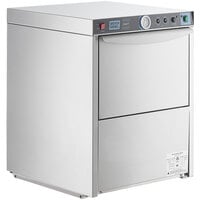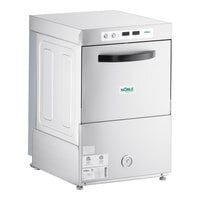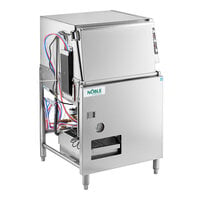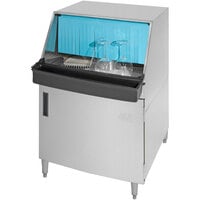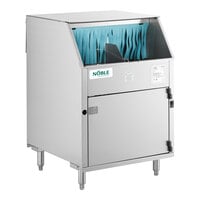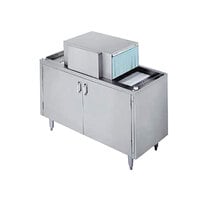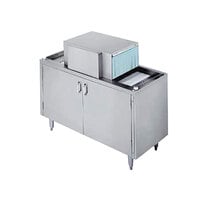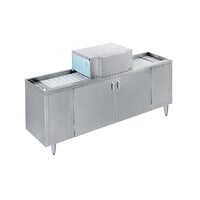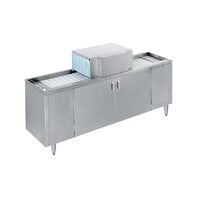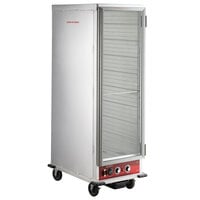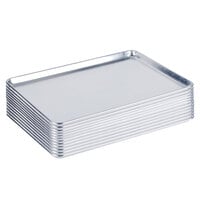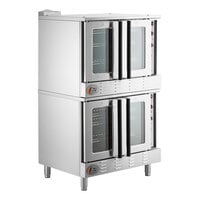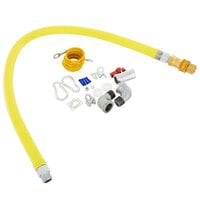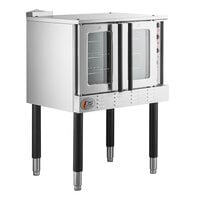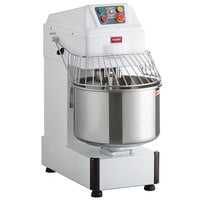Moyer Diebel 601LTG Quick Ops and Cleaning Guide Video
A comprehensive guide to the daily operations of the Moyer Diebel 601LTG. This includes startup, shut down, cleaning service, and some do's and don'ts with this machine and other commercial dish machines.
Products Related To This Video
Related Videos

Keep your hot foods at perfect serving temperatures in your restaurant, bakery, or pizzeria with Avantco proofing / holding cabinets! They come in two sizes with insulated and non-insulated options to meet your specific needs.
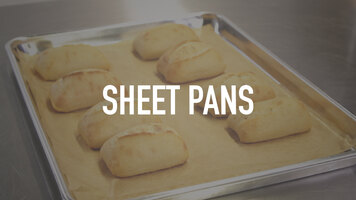
Choose from our wide variety of sheet pans! They come in many sizes and styles to meet your needs. Our perforated pans promote the flow of air for a crispier crust, while our solid pans result in doughier products like rolls and cookies.

Learn how T&S Brass works to provide you with high-quality products and superior service! With over 60 years of experience, they have the plumbing solutions you need for your business.
